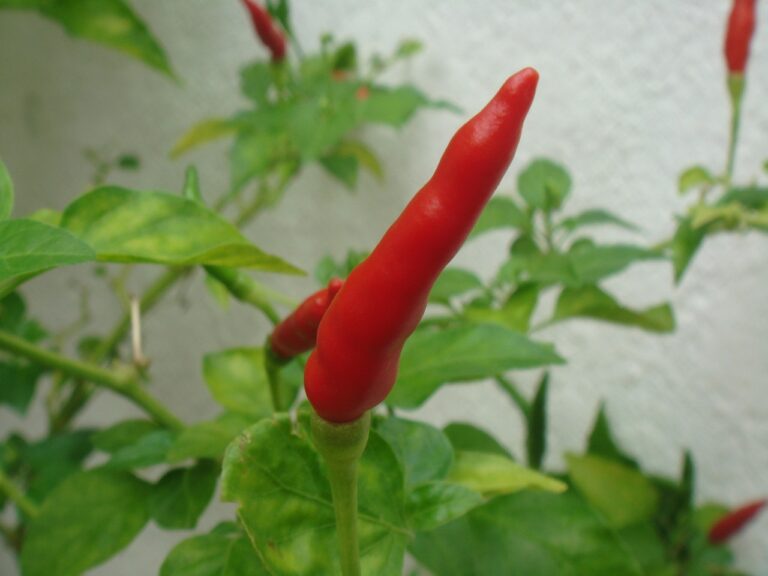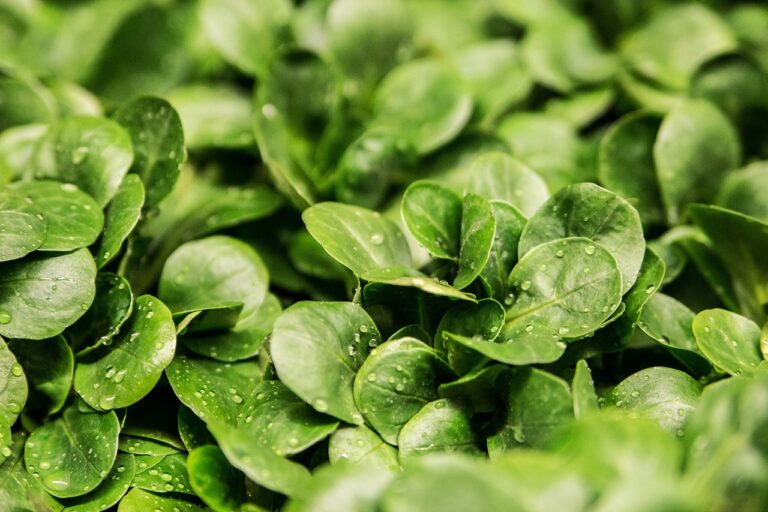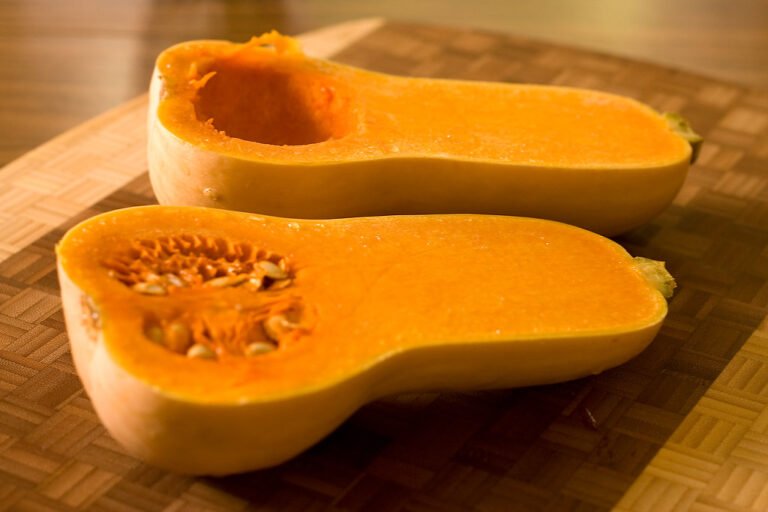Exploring the Features and Benefits of Black-Seeded Simpson Lettuce
Are you curious about the features and benefits of Black-Seeded Simpson lettuce? Look no further! In this article, we'll explore the history, growing requirements, nutritional value, disease resistance, culinary uses, and more. Whether you're an avid gardener or a food lover looking to enhance your meals, this informative and practical guide will provide you with all the information you need to know about this delicious and versatile lettuce variety. Get ready to discover the wonders of Black-Seeded Simpson lettuce!
History of Black-Seeded Simpson Lettuce
To understand the history of Black-Seeded Simpson Lettuce, you'll need to delve into its origins and cultivation practices. This variety of lettuce has a rich history that dates back to the 19th century. It was first introduced by a farmer named Simpson in Ohio. Black-Seeded Simpson Lettuce gained popularity due to its tender leaves and mild flavor, making it a favorite among gardeners and consumers alike. This lettuce is known for its ability to withstand heat, making it ideal for summer cultivation. It is a loose-leaf type lettuce, which means that the leaves grow in a loose, open head instead of a tight compact head. Black-Seeded Simpson Lettuce is easy to grow and can be harvested at any stage of its growth, from baby leaves to full-sized heads. Its crisp and refreshing taste makes it a versatile ingredient in salads, sandwiches, and wraps.
Growing Requirements of Black-Seeded Simpson Lettuce
To successfully grow Black-Seeded Simpson Lettuce, you will need to understand its specific growing requirements. This variety of lettuce thrives in cool weather, making it perfect for spring and fall planting. Start by selecting a well-draining location with full sun or partial shade. Prepare the soil by adding organic matter, such as compost, to improve its fertility and moisture retention. Sow the seeds directly into the soil, about 1/4 inch deep, and keep the soil consistently moist until germination occurs. Once the seedlings emerge, thin them to provide enough space for each plant to grow. Regularly water the lettuce to keep the soil evenly moist, but be careful not to overwater as it can lead to disease. Harvest the leaves when they reach your desired size, usually around 40-50 days after planting. Enjoy the crisp and flavorful Black-Seeded Simpson Lettuce in salads or as a garnish in your culinary creations.
Nutritional Value of Black-Seeded Simpson Lettuce
Black-Seeded Simpson Lettuce offers a range of nutritional benefits. It is low in calories, making it an excellent choice for those watching their weight. A one-cup serving of this lettuce provides only 5 calories. Additionally, it is rich in vitamins and minerals. Black-Seeded Simpson Lettuce is a good source of vitamin A, vitamin C, and folate. Vitamin A promotes healthy vision and immune function, while vitamin C supports collagen production and boosts the immune system. Folate is essential for cell growth and development. This lettuce also contains antioxidants, such as beta-carotene, which helps protect against cell damage. Incorporating Black-Seeded Simpson Lettuce into your diet can contribute to your overall health and well-being. So, why not add it to your salads or sandwiches and enjoy its nutritional benefits?
Disease Resistance of Black-Seeded Simpson Lettuce
Are you curious about how resistant Black-Seeded Simpson Lettuce is to diseases? Well, you'll be pleased to know that this lettuce variety is known for its excellent disease resistance. It possesses natural resistance to several common lettuce diseases, making it a reliable choice for growers. Black-Seeded Simpson Lettuce is resistant to downy mildew, a fungal disease that affects the foliage of lettuce plants. It also shows resistance to lettuce mosaic virus, a viral disease that can cause stunted growth and leaf discoloration. By planting this variety, you can minimize the risk of your lettuce crop being affected by these diseases, ensuring a healthier and more productive harvest. So, if you're looking for a lettuce variety that can withstand common diseases, Black-Seeded Simpson Lettuce is a great choice.
Culinary Uses of Black-Seeded Simpson Lettuce
If you're wondering about the versatility of Black-Seeded Simpson Lettuce in the kitchen, you'll be delighted to discover its wide range of culinary uses. This type of lettuce is perfect for creating refreshing salads, as its tender leaves provide a delicate crunch and a mild, slightly sweet flavor. You can also use Black-Seeded Simpson Lettuce as a base for wraps and sandwiches, adding a fresh and crisp element to your meals. Additionally, this lettuce can be used in stir-fries and sautés, adding a pop of green color and a subtle taste to your dishes. Its versatility extends to juicing as well, where it can be blended with other fruits and vegetables to create a nutritious and hydrating beverage. With Black-Seeded Simpson Lettuce, you have endless possibilities to explore in the kitchen!
Harvesting and Storage Tips for Black-Seeded Simpson Lettuce
To properly harvest and store Black-Seeded Simpson Lettuce, you'll want to ensure its freshness and maintain its crispness for longer periods. Harvesting the lettuce is simple. Start by picking the outer leaves when they reach about 6-8 inches in length. Gently pull them away from the base of the plant, being careful not to damage the core. This allows the inner leaves to continue growing. After harvesting, it's crucial to store the lettuce properly to preserve its quality. Begin by rinsing the leaves in cold water and patting them dry with a paper towel. Next, wrap the lettuce in a damp paper towel and place it in a plastic bag. Seal the bag and store it in the refrigerator's crisper drawer. This method will keep your Black-Seeded Simpson Lettuce fresh and crisp for up to one week, allowing you to enjoy its delicious taste and nutritional benefits for longer.
Differences Between Black-Seeded Simpson and Other Lettuce Varieties
When comparing Black-Seeded Simpson lettuce to other lettuce varieties, you'll notice distinct differences in taste, texture, and appearance. Black-Seeded Simpson lettuce has a mild and slightly sweet flavor, making it a popular choice for salads. Its leaves are tender and crisp, providing a satisfying crunch with every bite. In terms of appearance, Black-Seeded Simpson lettuce has vibrant green leaves that are slightly ruffled, giving it a visually appealing look. Compared to other lettuce varieties, such as romaine or iceberg, Black-Seeded Simpson lettuce is more delicate and has a more delicate flavor profile. It is important to note that the differences in taste, texture, and appearance may vary depending on the specific variety of lettuce, but Black-Seeded Simpson lettuce offers a unique and enjoyable culinary experience.
Tips for Succession Planting With Black-Seeded Simpson Lettuce
Start planting Black-Seeded Simpson lettuce successively by following these helpful tips. Succession planting is a great way to ensure a continuous supply of fresh lettuce throughout the growing season. To begin, choose a sunny location in your garden with well-drained soil. Prepare the soil by removing any weeds and loosening it with a garden fork. Sow the lettuce seeds directly into the soil, spacing them about 6 inches apart. Cover the seeds lightly with soil and water gently. As the lettuce grows, thin out the seedlings to provide enough space for each plant to thrive. To maintain a continuous harvest, sow new seeds every two weeks. This will ensure a steady supply of tender, crisp lettuce for your salads and sandwiches. Enjoy the benefits of fresh, homegrown Black-Seeded Simpson lettuce all season long.
Companion Plants for Black-Seeded Simpson Lettuce
Plant your Black-Seeded Simpson lettuce alongside compatible companion plants to maximize growth and flavor. When choosing companion plants, consider those that have similar growth requirements and complement the lettuce's flavor. Some good options include herbs like dill, chives, and cilantro. These herbs not only add flavor to your salads but also attract beneficial insects that help control pests. Additionally, planting radishes near your lettuce can help deter aphids. Other compatible plants include carrots, beets, and onions, which can help improve soil quality and deter pests. Avoid planting lettuce near plants like cabbage or broccoli, as they may compete for nutrients and space. Remember to provide adequate spacing between plants to promote good air circulation and reduce the risk of disease. By choosing the right companion plants, you can create a thriving and flavorful garden.
Frequently Asked Questions (FAQs) About Black-Seeded Simpson Lettuce
If you're curious about Black-Seeded Simpson Lettuce, you may be wondering how often you should water it. Black-Seeded Simpson Lettuce requires consistent moisture to thrive. It is recommended to water the lettuce plants regularly, ensuring the soil remains evenly moist. Aim to provide about 1 to 2 inches of water per week, either through rainfall or supplemental irrigation. However, be cautious not to overwater, as excessive moisture can lead to disease development and root rot. To determine the watering frequency, check the soil moisture level by inserting your finger about an inch into the soil. If it feels dry, it is time to water. Additionally, consider mulching around the plants to help retain moisture and reduce weed growth. Remember, maintaining proper watering practices is crucial for the healthy growth and development of Black-Seeded Simpson Lettuce.
Conclusion
In conclusion, Black-Seeded Simpson lettuce is a versatile and nutritious variety that has a rich history and offers numerous benefits. With its disease resistance and easy growing requirements, it is an ideal choice for both beginner and experienced gardeners. Its nutritional value and culinary uses make it a valuable addition to any diet. Whether you're looking to enjoy its crisp texture in salads or use it as a bed for other dishes, Black-Seeded Simpson lettuce is a must-have in your garden.






